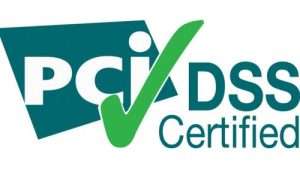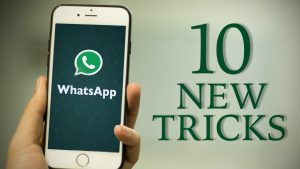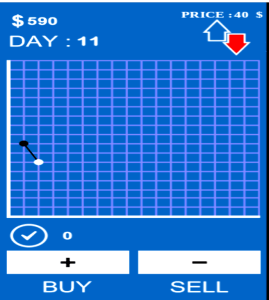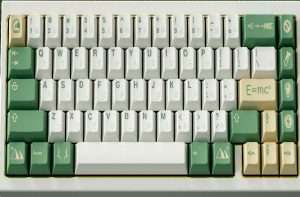How to Free Up Memory Space in iPhone Internal Memory
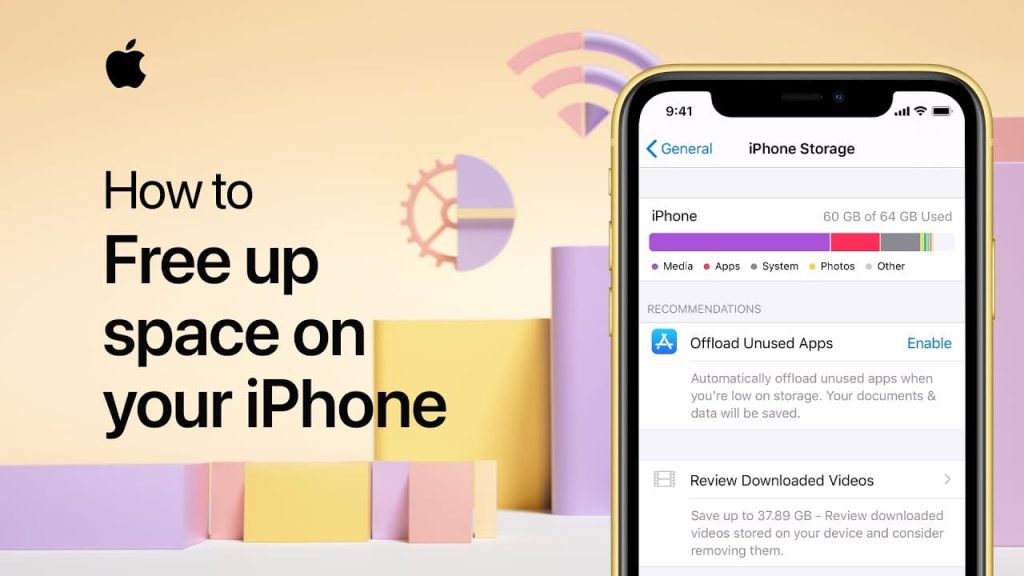
In a fervor to trying out several utility apps or games, we tend to download a few distinctive applications; some that we may not in any case need.
If however, you haven’t made any use of an application as a part of over six months, odds are you won’t utilize it any further.
You can erase undesirable applications to free up memory space and your disk space (phone memory).
You can as well delete files you’ve downloaded for temporary purposes or the ones you don’t longer use again.
I do go through my phone file manager to assess the files I’m having on my phone to delete old videos, music that I don’t longer have an interest in playing, and documents I don’t longer need again.
In the same way, your PC stores transitory web files, your android, and iPhone apps frequently store temporary data in your phone’s internal memory.
This brief information can heap up and in the end, take up a lot of memory space.
Is Whatsapp hogging your Phone Memory?
Whatsapp is another threat to get your memory pile up with files and you don’t get noticed about it.
Since it’s generally one of the most used mobile apps and with many contacts and WhatsApp groups you’ve joined, you would be receiving tons of messages and image uploads every day.
However, using Whatsapp even tops off your phone memory as the Whatsapp media (pictures, recordings) are kept in place as it is in the phone’s internal memory.
In this way, we have to physically erase the parts of Whatsapp media ( music, video, and document folders).
You can utilize any file explorer application like X-Plore to evacuate the Whatsapp media folder as appeared in the picture close by.
Be that as it may, for iPhone, iPad, and different iOS androids you have to utilize any of these five phone file explorers for PC/Macintosh to erase the folders (as iOS record directors have exceptionally limited benefits because of iOS application confinements).
Freeing up your iPhone internal memory
To get out of this problem, you need to delete such data once in a while to free up more space just the way you clear your cache, it will always free your phone from file burden and improve the health of your smartphone.
Old downloads such as PDF, DOCS documents, Music, videos, and images can regularly consume up “memory space” in your phone’s internal memory.
Sometimes when you delete files from your phone, you forget to delete their copies from other directories; for example, a copy of a file you downloaded and installed would still be saved on the browser you used to download these files.
You can begin making more space by erasing downloaded documents that are no more significant. Another example, you might have downloaded office data to peruse while at work in your past days.
It’s an ideal opportunity to release that or spare it somewhere else.
Things have got better as can save your files on the cloud and relief yourself of the stress of backing up data, deleting files unknowingly, or overcrowding your phone’s memory.
That playlist you made five years back may not suit your taste any longer, but rather you might need to listen to your old top picks once more. Put it on the cloud for when you need to return to it later on.
You can even spare current pictures, photographs, and recordings on the cloud to have the capacity to get to them on the go.
Some smartphones like Samsung S6 and S6 edge have large storage capacity with as much as 100 GB of free distributed storage with OneDrive for up to two years.
A few other cloud alternatives exist, for example, Dropbox, which comes pre-introduced on numerous Samsung cell phones.
Using peripheral Storage tool
Despite everything, you still need more space and you’re now searching for alternatives besides supplanting your SD memory card to become the main storage location, there are different approaches to appreciate expandable memory with your android.
There are USB On-the-Go you can get from the market, which enables you to interface a USB drive with your smartphone via USB cable.
Just connect the right end of the cable with the USB and the other to your phone’s charging port, bringing about extra storage.
